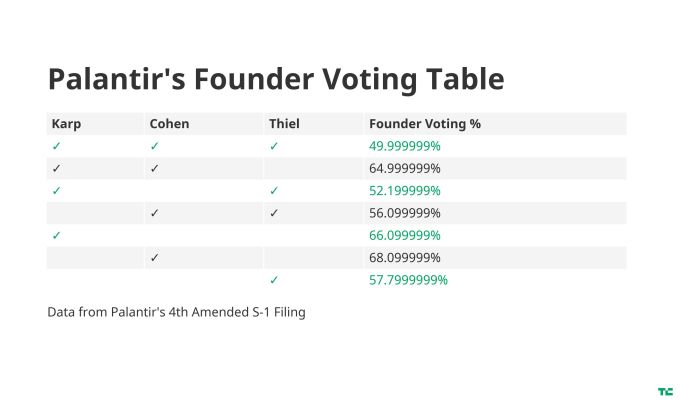The tagline from today’s announcement from the United States Attorney’s office for the Southern District of New York says it all: “Adam Rogas Allegedly Raised $123 Million from Investors Using Financial Statements that Showed Tens of Millions of Dollars of Revenue and Assets that Did Not Exist”.
Rogas, the co-founder and former chief executive and chief financial officer and board member of the Las Vegas-based fraud prevention company, NS8, was arrested by the Federal Bureau of Investigation and charged in Manhattan court with securities fraud, fraud in the offer of sale of securities, and wire fraud earlier today.
Last week, the company laid off hundreds of staff as reports of an investigation by the Securities and Exchange Commission surfaced, according to a report in Forbes.
“This is a rapidly evolving situation,” Lightspeed Ventures told Forbes in a statement. “We are shocked by the news and have taken steps to inform our LPs. It would be premature to comment further at this time.” Lightspeed Ventures helped lead NS8’s $123 million Series A this June. Other investors include Edison Partners, Lytical Ventures, Sorenson Ventures, Arbor Ventures, Hillcrest Venture Partners, Blu Venture Investors, and Bloomberg Beta, per Crunchbase data.
The allegations are, indeed, shocking.
“As alleged, Adam Rogas was the proverbial fox guarding the henhouse,” said Audrey Strauss, the acting U.S. Attorney for the Southern District of New York, in a statement. “While raising over $100 million from investors for his fraud prevention company, Rogas himself allegedly was engaging in a brazen fraud. Today’s arrest of Rogas ensures that he will be held accountable for his alleged scheme.”
Allegedly, while Rogas was in control of the bank accounts and spreadsheets that detailed its transactions with customers, he cooked the books to show millions in transactions that did not exist.
From January 2019 through February 2020, the FBI alleges that somewhere between 40 percent and 95 percent of the purported total assets on NS8’s balance sheet were fictitious, according to the statement. Over the same period bank Rogas altered bank statements to reflect $40 million in revenue that simply were not there, according to the Justice Department’s allegations.
On the back of that fake financial data, NS8 was able to raise over $120 million from some top tier investment firms including Lightspeed Venture Partners and AXA Ventures.
Rogas managed to hoodwink not just the investment firms, but the auditors who were conducting due diligence on their behalf. After the round was completed, NS8 did a secondary offering which let Rogas cash out of $17.5 million through personal sales and through a company he controlled, according to the statement from the DOJ.
“It seems ironic that the co-founder of a company designed to prevent online fraud would engage in fraudulent activity himself, but today that’s exactly what we allege Adam Rogas did. Rogas allegedly raised millions of dollars from investors based on fictitious financial affirmations, and in the end, walked away with nearly $17.5 million worth of that money,” said FBI Assistant Director William F. Sweeney Jr. “Within our complex financial crimes branch, securities fraud cases remain among our top priorities. We’ve seen far too many examples of unscrupulous actors engaging in this type of criminal activity, and we continue to work diligently to weed out this behavior whenever and wherever we find it.”

 (@mosseri)
(@mosseri) 